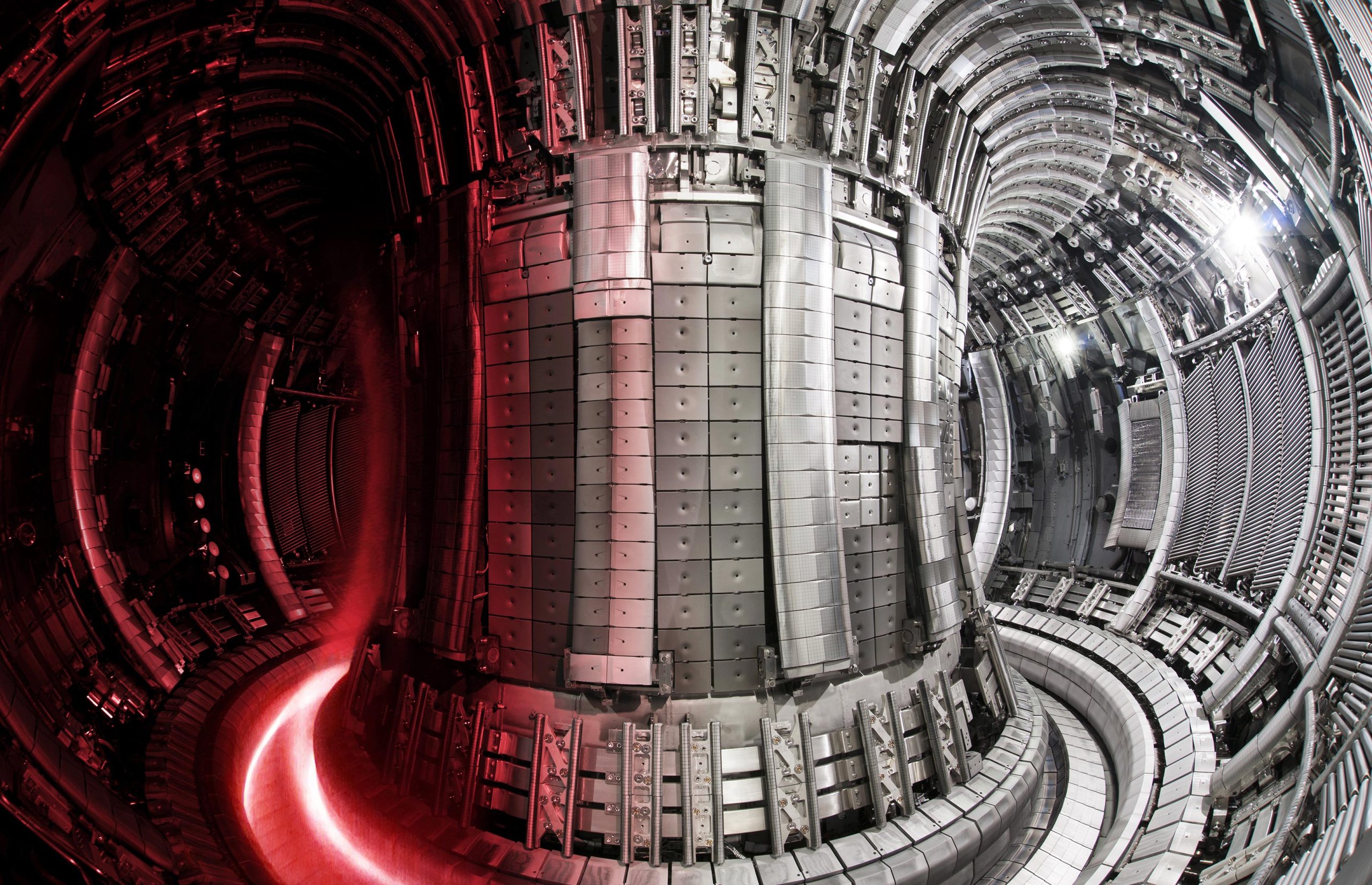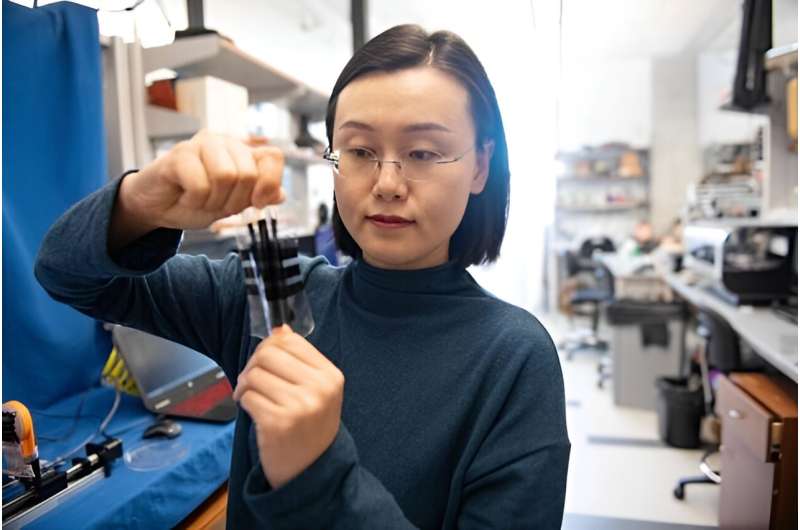The United European Tokamak (JET), an experimental nuclear fusion reactor in the UK, has achieved a major milestone by generating a record 69 megajoules of energy in just 5 seconds. While still falling short of the elusive goal of ignition, the breakthrough offers encouraging progress towards harnessing fusion power to address global energy needs.
The donut-shaped tokamak relies on powerful magnetic fields to contain plasma at over 100 million degrees Celsius, simulating the conditions inside stars. In the recent test, the superheated plasma fused atoms together and released tremendous energy from just 0.2 milligrams of fuel.
“We can reliably create thermonuclear plasma using the same fuel composition as future commercial thermonuclear power plants," said Dr. Fernanda Rimini, JET's Director of Operations.
The advances build on over four decades of research at JET, validating the use of deuterium-tritium fuel mixtures and containment approaches needed for fusion energy applications. While the energy yield still falls far short of ignition – where the reactions become self-heating and self-sustaining – the insights will directly feed into larger follow-on reactors.
The next major iteration is ITER, now under construction in France and expected to achieve tenfold greater output. The subsequent STEP prototype, slated for the UK, aims to be the first net electricity-generating fusion plant connected to the grid.
Experts caution that daunting obstacles remain, including managing the extreme heat and instability of plasma over long durations. But the record energy production underscores steady progress toward one day commercializing fusion power, which could provide abundant, low-carbon energy.
“This development, the result of an international collaboration involving hundreds of scientists and engineers, ahighlights the growing importance of fusion as a potential alternative to fossil fuels,†a spokesperson for the EUROfusion project noted.
The recent milestones keep hopes alive that the promise of fusion, which has remained a distant dream for decades, may finally be drawing nearer to reality in the coming years thanks to research reactors like JET.


















